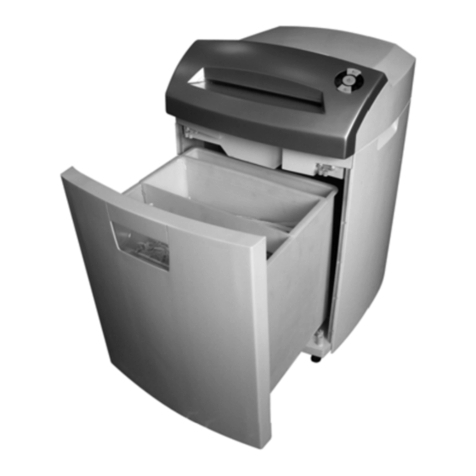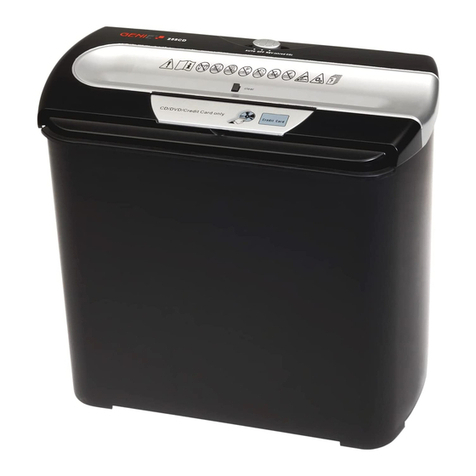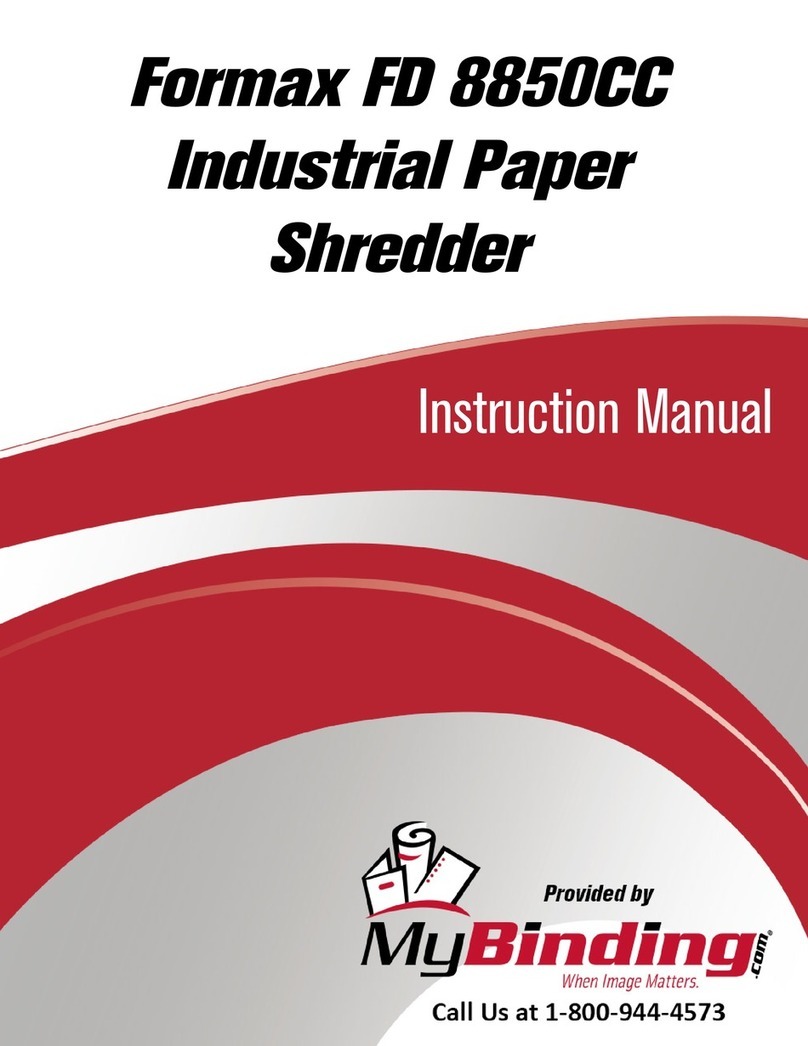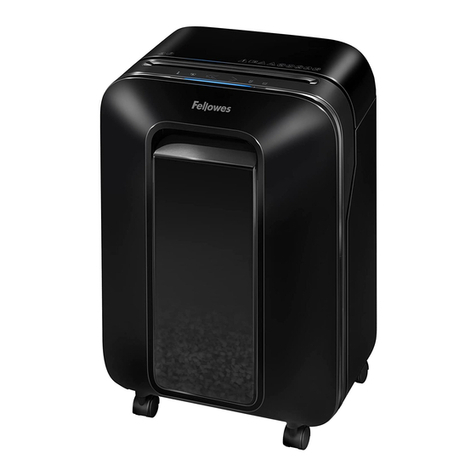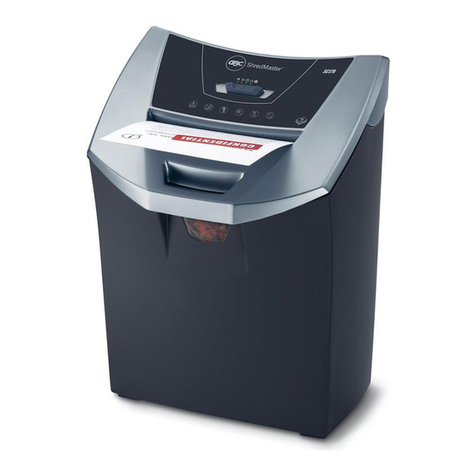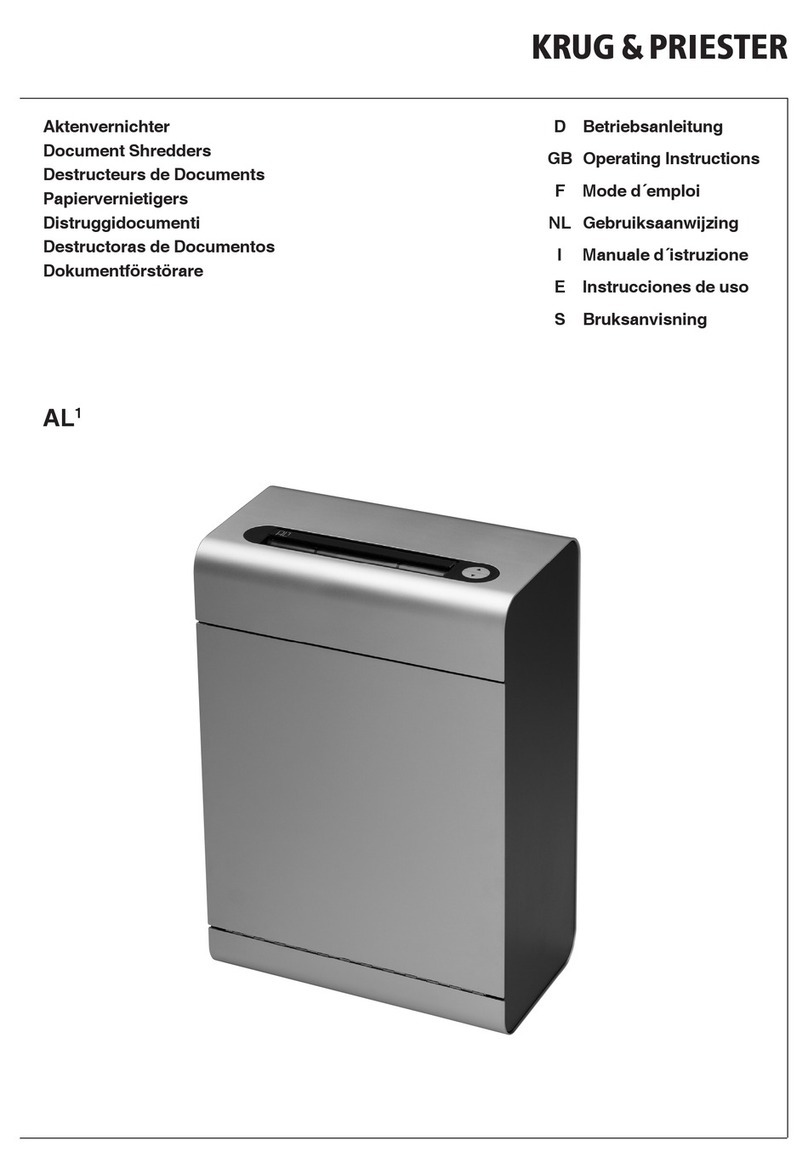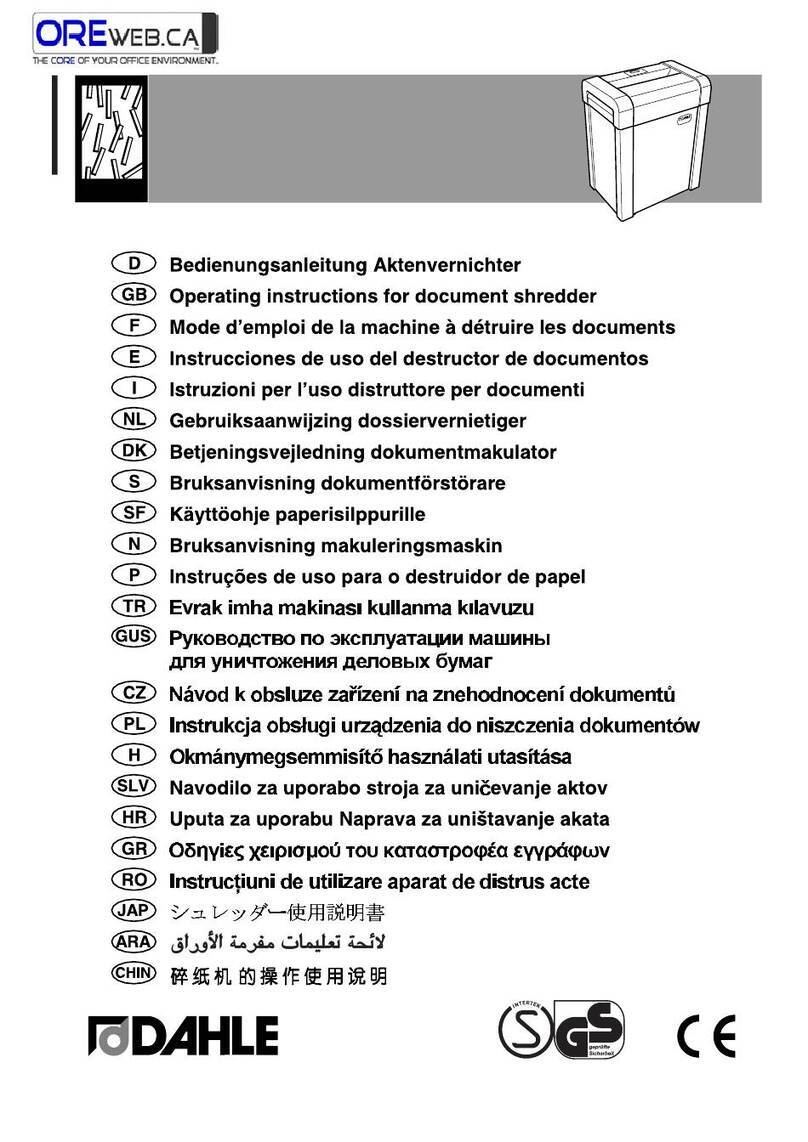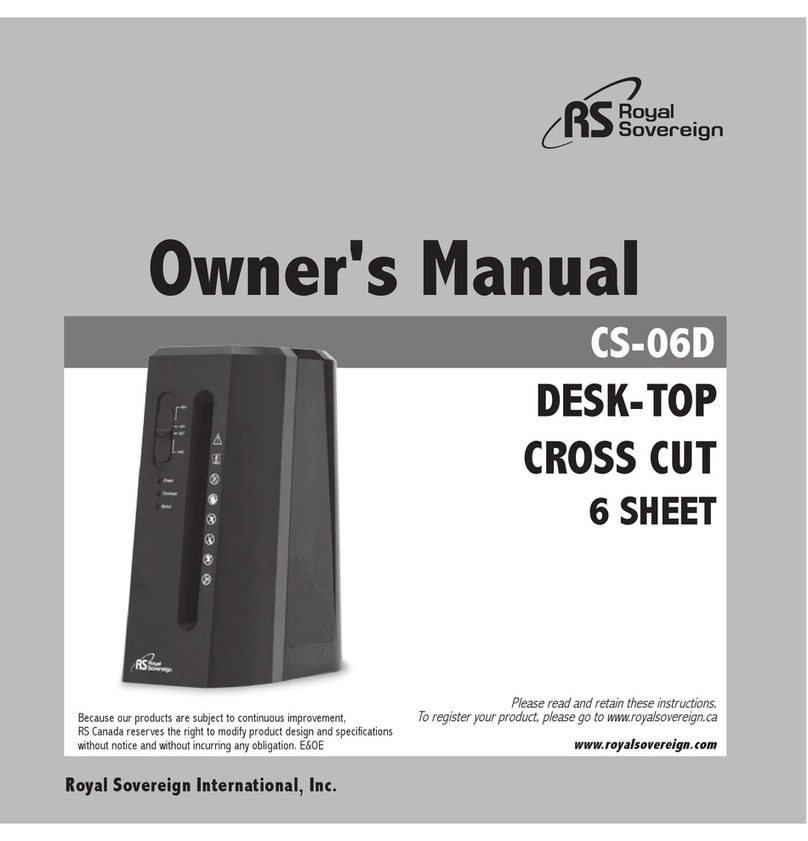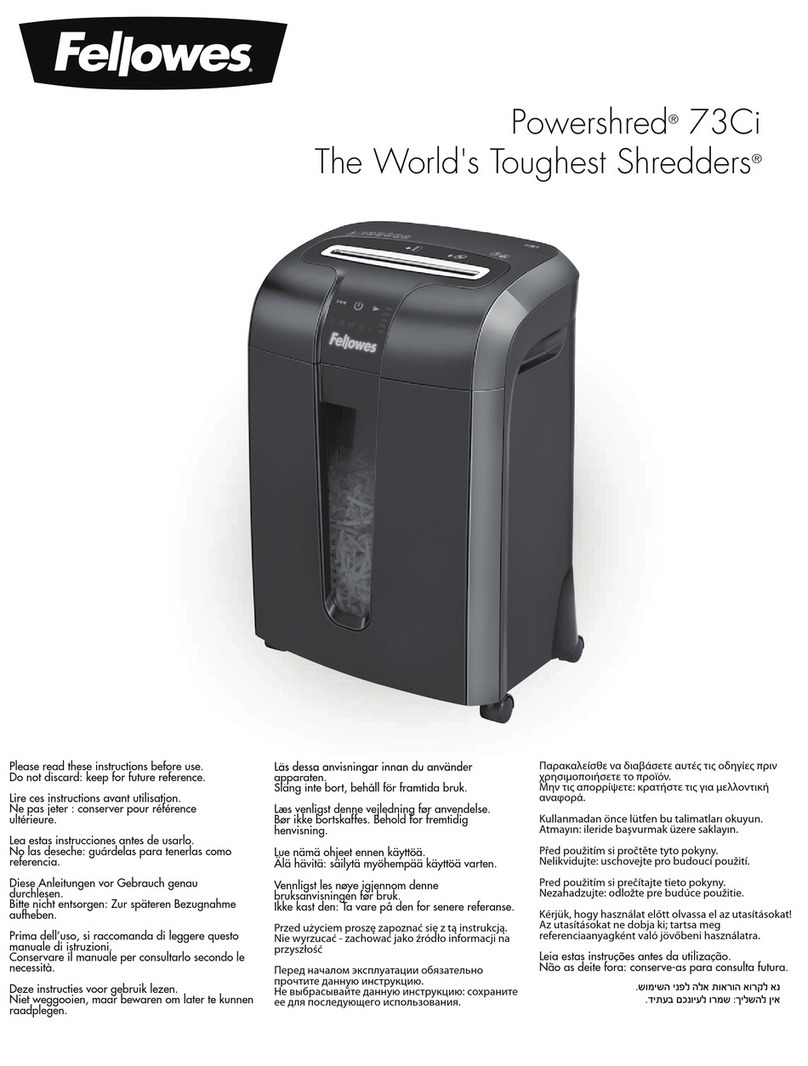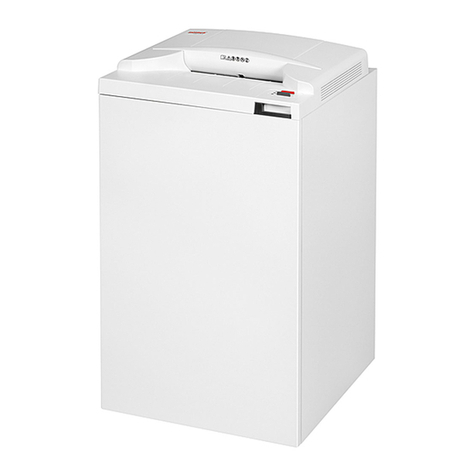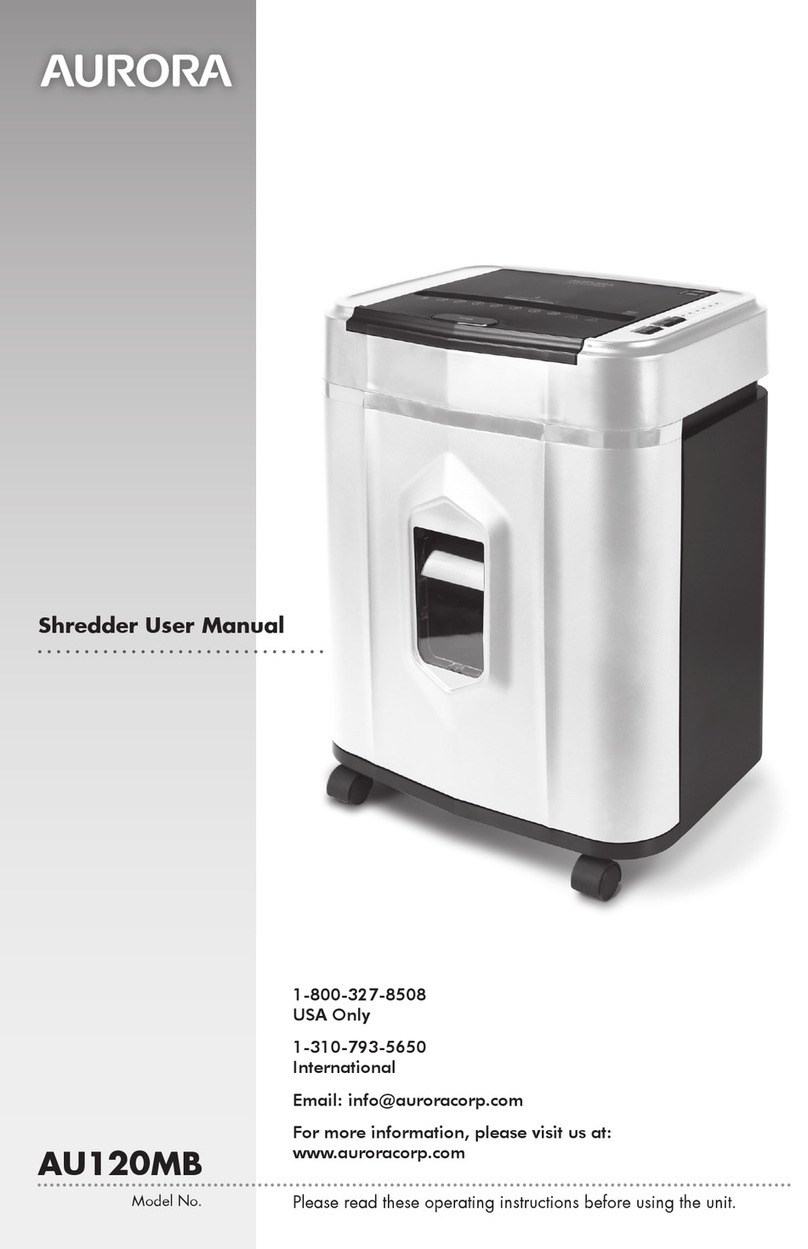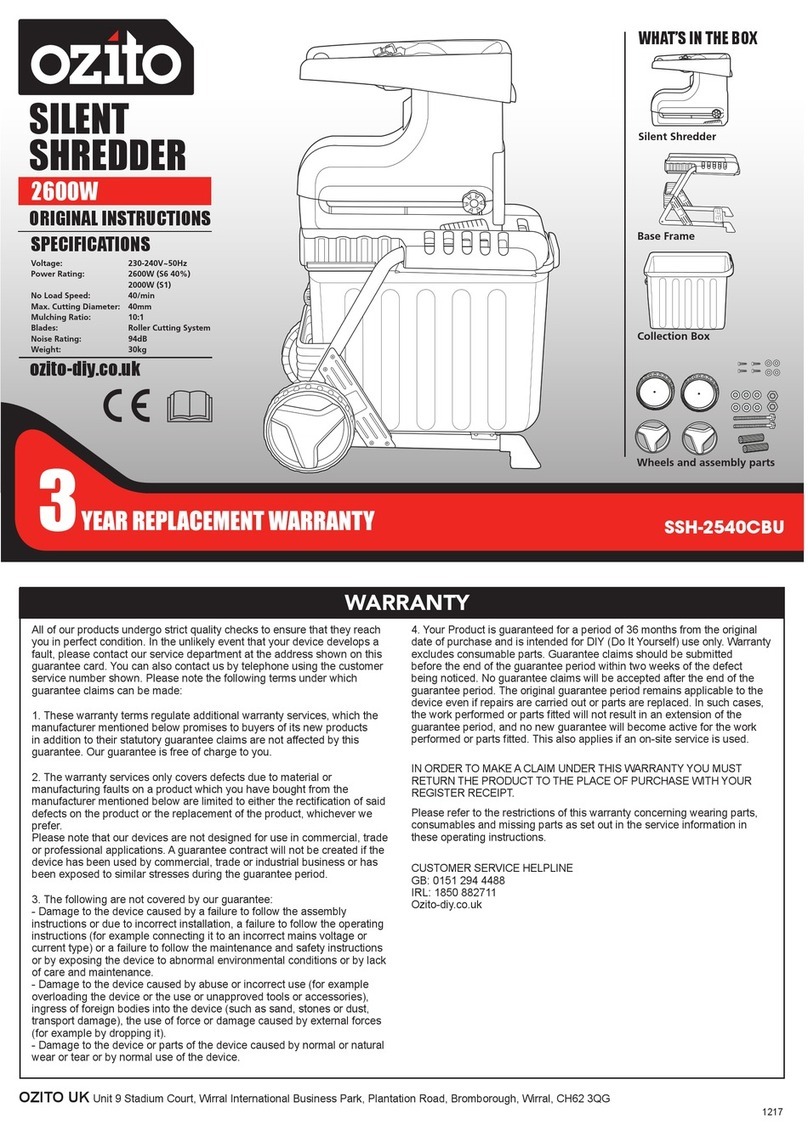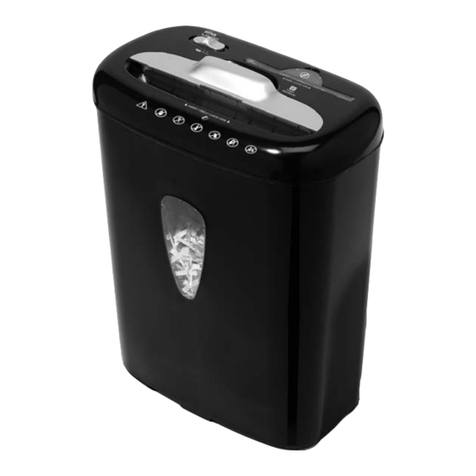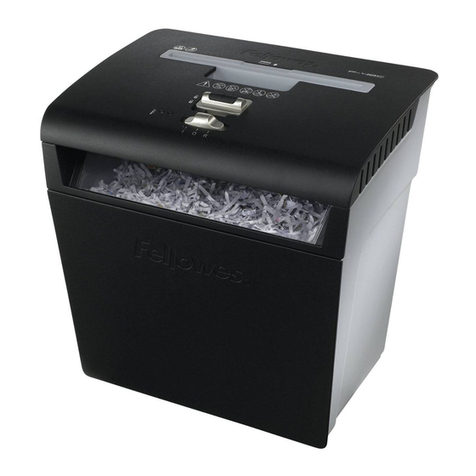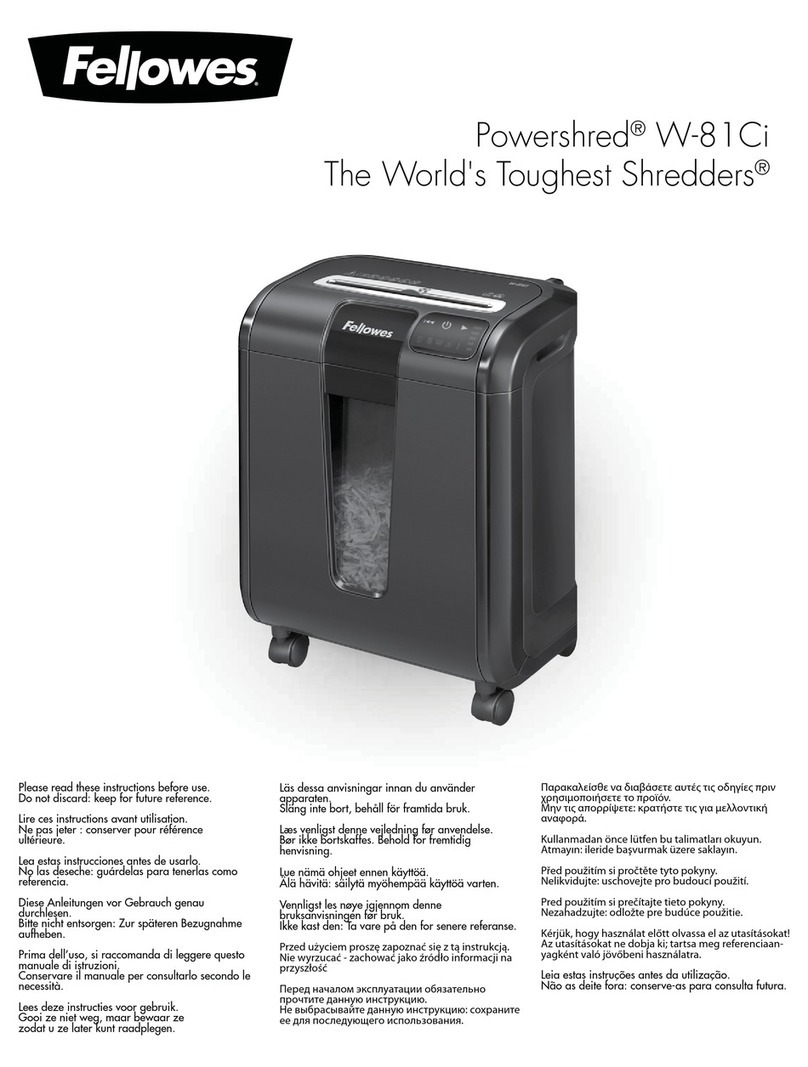Metalcraft 201-2-1 User manual

PETROL CHIPPER SHREDDER
OPERATING INSTRUCTIONS


GASOLINE SHREDDER
1
APPLICATION
This shredder is designed for composting/cutting of fibrous and woody garden waste. It is not
designed for commercial use.
WARNING! Please read and understand this operating manual before use
and keep it for your future reference. Your power tool should only be
passed on together with these instructions.
2
DESCRIPTION
1. Hopper
2. Fixing Bolt
3. Discharge chute
4. Leg
9. Hopper handle
10. Starter handle
11. Oil filler cap
12. Fuel tank
5. Wheel
6. Air cleaner cover
7. On/Off Switch
8. Fuel filler cap
13.
14.
15.
Muffler
Spark plug
Material Push stick
3
PACKAGE CONTENT LIST
Remove all packing materials
Remove remaining packaging and transit supports (if existing)
Check the completeness of the packing content
Check the appliance, the power cord, the power plug and all accessories for transportation
damages.
Keep the packaging materials as far as possible till the end of the warranty period. Dispose
it into your local waste disposal system afterwards.
WARNING Packing materials are no toys! Children must not play with
plastic bags! Danger of suffocation!
Gasoline shredder
manual book
Plunger
When parts are missing or damaged, please contact your dealer.

4
EXPLANATION OF SYMBOLS
In this manual and/or on the machine the following symbols are used:
Warning / Danger
Wear ear protection
Read manual before
usage
Wear eye protection
Warning! Flying objects
Wear gloves
Keep bystanders away
Wear safety boots to protect
your feet
Keep hands and feet
out of openings while
machine is running
Petrol is flammable. Allow
engine to cool for at least 2
minutes before refuelling
Danger –rotating
blades
Petrol engines emit carbon
monoxide. DO NOT run in
enclosed area.
Do not touch a hot silencer or cylinder. You may get burned. These parts get
extremely hot from operation. When turned off they remain hot for a short time
5
ADDITIONAL SAFETY RULES FOR SHREDDERS
Wear protective gloves, protective glasses and hearing protectors. Avoid loose clothing.
Always stand steadily and in balance. Do not stretch towards themachine.
During use, the machine should be level and on a firm surface.
Ensure that all screws and nuts are properly tightened before use.
Only use the machine in dry conditions and never use outdoors when it is raining.
Never use the machine with damaged safety devices or without protection.
Keep hands, other parts of our body and clothing away from the feeding hopper and the
discharge chute.
Keep your face and the rest of your body away from the feeding hopper.
Do not leave the machine unsupervised, switch off the motor and disconnect theplug.
Hard objects such as stones, bottle, cans or pieces of metal must not be fed into the inlet
chute. This can cause damage to the machine.
If the machine becomes blocked, stop the motor and disconnect the plug. Pull out any
objects and check for damage.

If the fuse blows or if the overload protection is triggered, this is a sign that the machine is
overloaded and/or that too many appliances are connected to the same extension cable.
Check the cause and remedy. Do not install a more powerfulfuse.
Do not tug on the extension cable. Do not hold the cable taut. This can cause damage in
the plugs or in the cables insulation. Such damage is invisible but can bedangerous.
Always keep the extension cable away from the machine. Disconnect the plug from the
electric socket and check the cable regularly for signs of damage or aging. Do not use the
machine with a damaged extension cable.
If the cable is damaged, it must be replaced by an authorized service centre in order to
avoid a hazard.
Never move the machine by pulling the cable. The machine must not be moved with the
motor running.
The shredder must be assembled correctly before use.
Warning! This appliance must be earthed!
Warning! Use only three core extension cables with the earth wireconnected.
Only use extension cables that are approved for outdoor use and check that they are in
good condition before use.
Before inserting the plug in the mains socket, make sure that the socket ratings are correct
and correspond to those indicated on the rating label on theshredder.
Always switch off the shredder before disconnecting any plug and socket connector or
extension cables.
Keep children and pets away. All onlookers should be kept a safe distance away from the
shredder when it is in use.
Do not allow children or any person who has not read this instruction leaflet or who is not
familiar with the shredder to operate it.
The operator is responsible for third parties while working with the shredder.
Only use the shredder for its intended purposes.
Caution! There are rotating blades on this machine.
Caution! Blades do not stop immediately after switching off.
Always switch off the shredder, disconnect the plug and wait until the cutting disc stops
before carrying out maintenance or cleaning work.
It is forbidden to move or modify any of the electrical and mechanical safetydevices.
Use only in daylight or good artificial light.
Do not put your hands into the feed funnel or ejection slot.
If the shredder should start to vibrate abnormally, switch off the motor and check for the
cause immediately. Vibration is generally a warning of trouble.
Ensure blades are secure before shredding. Do not operate the shredder if any of the
blades are not properly mounted.
The shredder should be checked carefully before use. You should only work with a
shredder that is in good condition. If you notice any defect on the machine that may cause
danger to the operator, do not operate the shredder until defects arerectified.
Replace worn or damaged parts for safety. Use only original spare parts. Parts not
produced by manufacturer may cause poor fit and possible injury.
Use the shredder only in places where it is protected from water and never use it outdoors
in rainy weather.
Store in a dry secure place out of reach of children,
This appliance is not intended for use by persons (including children) with reduced physical,
sensory or mental capabilities, or lack of experience and knowledge, unless they have been
given supervision or instruction concerning use of the appliance by a person responsible for
their safety.
Children should be supervised to ensure that they do not play with theappliance.

5.1 Preparation:
Do not allow children to operate this equipment
Do not operate this equipment in the vanity of bystanders
Wear ear protection and safety glasses at all times while operating
Avoid wearing clothing that is loose fitting or that has hanging cords and ties
Only operate the machine the machine in open space (e.g. Not close to a wall or other fixed
objects) and on a firm, level surface
Do not operate the machine on a paved or gravel surface, where ejected material could
cause injury
Before starting the machine, check that all screws, nuts, bolts, and other fasteners are
properly secured and that guards and screens are in place. Replace damaged and
unreadable labels
5.2 Operation:
Before starting the machine, look into the feeding chamber to make certain, that it isempty
Keep your face and body away from the feed intake opening
Do not allow hands or any other part of the body or clothing inside the feeding chamber,
discharge chute, or near any moving part
Keep proper balance and footing at all times. Do not overreach. Never stand at a higher
level than the base of the machine, when feeding material into it
Always stand clear of the discharge zone when operating this machine
When feeding material into the machine be extremely careful that pieces of metal, rocks,
bottles, cans or other foreign objects are not included
If the cutting mechanism strikes any foreign objects or if the machine should start making
any unusual noise or vibration, shut off the power source and allow the machine to stop,
disconnect the spark plug wire from the spark plug ( electric unit disconnect from supply)
and take the following steps:
1. Inspect for damage
2. Check for and tighten any loose parts
3. Have any damaged parts replaced or repaired with parts having equivalentspecifications
Do not allow processed material to build up in the discharge zone; this may prevent proper
discharge and can result kickback of material through the feed intakeopening
If the machine becomes clogged, shut of the power source and disconnect the spark plug
wire from the spark plug (electric unit disconnect from supply) before clearing debris. Keep
the power source clear of debris and other accumulations to prevent damage to the power
source or possible fire. Remember that operating the starting mechanism on engine
powered machines will still cause the cutting means tomove
Keep all guards and deflectors in place and in good working condition
Do not tamper with the power source governor settings; the governor controls the safe
maximum operating speed and protects the power source and all moving parts from
damage caused by over speed. Seek authorized service if a problemexists.
Do not transport this machine while the power source is running
Shut off the power source and disconnect the spark plug lead (electric unit disconnect from
supply) whenever you leave the work area
Do not tilt the machine while the power source is running

5.3 Maintenance and storage
When the machine is stopped for servicing, inspection, or storage, or to change an
accessory, shut off the power source, disconnect the spark plug wire from the spark plug
(electric unit disconnect from supply), make sure that all moving parts have come to a
complete stop and, where a key is fitted remove. Allow the machine to cool before making
any inspections, adjustments, etc
Store the machine where fuel vapor will not reach an open flame or spark. For extended
storage periods, run the unit dry of fuel. Allow the machine to cool beforestoring.
When servicing the cutting means be aware that, even though the power source will not
start due to the interlock feature of the guard, the cutting means can still be moved by a
manual starting mechanism.
5.4 Additional safety instructions for units with bagging attachments
Shut-off the power unit before attaching or removing the bag.
6
SAFETY WARNINGS GASOLINE
WARNING: Use extra care in handling fuels. They are flammable and the
vapours are explosive. The following points must be observed.
Use only an approved container.
Never remove the fuel cap or add fuel with the power source running. Allow engine exhaust
components to cool before refuelling.
Do not smoke.
Never refuel the machine indoors.
Never store the machine or fuel containers inside, where is an open flame, such as a water
heater.
If fuel is spilled, do not attempt to start the power source, but move the machine away from
the area of spillage before starting.
Always replace and securely tighten the fuel cap after refuelling.
If the tank is drained, this should be done outdoors.

7
ASSEMBLY INSTRUCTIONS
7.1 Hopper installation
Carefully lift up the hopper
Place and align the hopper on top of the
hopper seat.
Locate the screw to secure the hopper with
the base unit.
7.2 Wheel installation
Lift the machine a little, and reeve the wheel with the wheel shaft.
Reeve a washer, and insert a pin to fix.
Repeat above processes to install another wheel
7.3 Move the shredder
Stand at the back of shredder
Grab the hopper handle, and step on the wheel axle.
Pull down the handle to slant backward the shredder.
Move the shredder.
8
BEFORE STARTING ENGINE
8.1 Oil
Use a high quality detergent oil classified “API service category SE or SF”.
SAE 10W-30 is recommended for general use. Other viscosities shown in the chart may be
used when the average temperature in your area is within the indicated range.
Do not use special additives.
8.1.1 Oil capacity
The engine holds approximately 0.55 litres.

8.1.2 Check oil level
Warning! Running engine with insufficient oil will cause serious engine
damage.
Warning! When checking oil stop engine and place it on a level, surface.
Remove dipstick and wipe clean with cloth.
Replace dipstick back without loch it in. Pull the dipstick out and check the oillevel.
Oil level should be at upper limit on dipstick.
If the oil level is near or below the lower limit mark on the dipstick, add oil slowly and
recheck until oil level reaches upper limit of dipstick. Do not overfill.
Replace and tighten dipstick.
Warning! Using dirty oil or two-stroke engine oil will shorten engine useful
life.
8.1.3 Fuel
This engine is certified to operate on unleaded petrol with a minimum of 85 octane. Fresh
fuel prevents gum from forming in the fuel system.
Do NOT mix oil with petrol.
Keep dust, water and foreign matter away from fuel tank.
Do NOT use gasoline which contains Methanol.
Warning! Gas is extremely flammable; it will explode if exposed to a source
of ignition.
Warning! Turn engine OFF and let engine cool before removing gas tank
cap. Always add fuel at well-ventilated place. Keep gasoline from sparks,
open flames, heat and other ignition sources.
Warning! Don’t overfill fuel. The fuel level should be always below the
lowest position of the fuel tank neck.

Warning! Check fuel lines, tank, cap and fittings frequently for cracks or
leaks. Replace if necessary.
Warning! Prevent skin from frequent contact with gasoline.
Warning! Keep children and the frail at a safe distance during refueling.
8.1.4 Adding Fuel
9
OPERATING INSTRUCTIONS
9.1 Before starting engine
Remove fuel cap
Fill tank to the lowest position of the fuel tank
neck. Do not overfill.
Wipe any gasoline that may have spilled.
Reinstall the fuel cap.
Fuel tank capacity: 1.2 liters
Warning! Damage to your eyes, hands and ears could result from using this
machine without proper protective gear. Always wear safety glasses,
hearing protection, and leather gloves when operating this machine
Warning! Loose hair and clothing could get caught in machinery and cause
serious personal injury. Keep loose clothing and long hair away from
moving machinery.
Make sure to check the engine oil and fuel tank before starting the engine.

9.2 To start engine
1. Move ON/OFF switch to “ON” position
2. Press the primer pump 2-3 times. Do not
press it exceed 5 times, otherwise, it will be
hard to start.
3. Pull the starter rope until the engine start up.
Note: If engine fails to start after repeated attempts, refer to troubleshooting section.
Note: Always pull starter rope straight out. Pulling starter at an angle will cause rope to rub
against the eyelet. This friction will cause the rope to fray and wear more quickly. Always hold
starter handle when rope retracts. Never allow rope to snap back from extended position. This
could cause rope to snag or fray and also damage the starter assembly.
9.3 Warm engine start
Move On/OFF switch to “ON” position.
Pull the starter rope until the engine start up.
9.4 To stop engine
Move ignition switch to the “STOP” position.

9.5 Top Hopper-front cut
9.6 Top hopper-back chute
9.7 Material Push stick
The large sloping front chute of the Top Hopper
is designed to accept leaves and small garden
clippings. Shredding and mulching is achieved by
natural suction of the debris through the blade
chamber.
Do not overfeed and do not feed wet, soggy
material into the shredder as this may clog the
blade chamber and the discharge chute.
The smaller back chute of the top hopper accepts
medium to larger size garden clippings.
Shredding and mulching is achieved through the
same action as the front chute. If a finer type
mulch is required, re-feed the mulch through
again until the desired result is obtained.
User supplied push stick to push remaining
material into hopper opening. DO NOT USE
HANDS.

10
MAINTENANCE
Warning! Priors to any maintenance, to stop engine and switch it off first.
Warning! Disconnect spark plug wire from the spark plug to prevent
unintentional engine starting.
Warning! Unintentional sparking can result in fire.
Warning! Unintentional start-up can result in entanglement, traumatic
amputation, or laceration.
Caution! Use only genuine replacement engine parts. None compliant parts
may damage the engine, and may result in injury. In addition, use of other
parts may void your warranty rights.
Regular maintenance will improve the performance and extend the life of the engine. Please
follow the instructions and schedules indicated below:
Before
each
use
5 Hours or
first month
25 hours or
every 3
months
50 hours or
every 6
months
100
Hours or
every
year
Check oil level
!
Change oil
!
!
#
$
%
Check air cleaner
!
Clean Air cleaner
!
#
&
%
Replace Air cleaner
!!
Check-clean spark
plug
!
Replace spark plug
!
Check flywheel
brake pad
!
Check-adjust idle
speed
!
#
'
%
Check-adjust valve
clearance
!
#
'
%
Clean combustion
chamber
After every 100 hours (3)
Check fuel line
Every 2 years (replace if necessary) (3)
!
Replace the paper element type only
(1)Change engine oil every 25 hours when used under heavy load or in high ambient
temperatures.
(2) Clean more often under dusty conditions or when airbone debris is present. Replace air
cleaner parts, if very dirty.
(3) These items should be serviced by your servicing dealer unless you have the proper tools
and are mechanically proficient. Refer to manual for serviceprocedures.

10.1 Blade Maintenance
Warning! Before removing Top Hopper knob, ensure the machine is
switched off, and the machine is completely stopped.
Warning! If ejection chute becomes clogged or cutting blades become
jammed under no circumstances should you place your hands in ejection
chute to try to clear obstruction, as this will lead to seriousinjury.
Switch the machine off, and make sure the machine is completelystopped.
Loose five screws as shown on carefully lift up thehopper.
Dismantles bit anchor screw 2pcs with the suitable tool.
Sharpen or replace the blades, then tighten thescrews.
Closes the hopper, and then tighten the screws.
10.2 Change oil
Let engine runs out of fuel, and wait until engine stopped and cooledslightly.
Disconnect spark plug wire and keep away from spark plug.
When engine is still warm, remove oil drain plug. Drain oil into a proper container.
Clean the oil drain plug before restoring it back.
Place engine level. Remove dipstick. Add new recommended oil about0.3L slowly to upper
limit on dipstick, don’t overfill.
Replace dipstick.
Warning! Prevent skin contact with used engine oil. Wash your skin with
soap and water after oil change.
Caution: Used oil is a hazardous waste product. It is suggested to bring
used oil to your local recycling center with properly seald container. Do not
discard with household waste.

10.3 Air cleaner maintenance
A dirty air filter will increase air intake restriction. Periodical maintenance for air filter will help
to improve engine performance and reduce emissions.
Warning! Never clean air filter wit gasoline or an easy ignited solvent it may
cause explosion.
Remove the air cleaner cover (A), and
carefully remove the filter element(B).
Clean all parts
Blow off dirt from filter element with
pressure air.
Reinstall the filter element and air cleaner
cover.
10.4 Spark Plug
Recommended spark plug:F7RTC.
Stop the engine and allow it tocool
Warning! Do not use an incorrectly rated plug. It is essential to keep the
spark plug in good condition –clean and properly adjusted.
Warning! To keep engine at top performance spark plug gap should be
within specified and carbon built up free.
Removing spark plug with a spark plug wrench.
Inspect the spark plug visually. If spark plug is worn, dirty or has cracks, replace with the
recommended type and heat range.
The correct air gap is 0.70 to 0.80mm
Tighten the spark plug
After spark plug is tight; torque to 25-30N m.
Warning! An incorrectly tightened spark plug may result in poor engine
performance and permanent engine damage.
10.5 Combustion deposits
We recommend that you should remove combustion deposits from the cylinder, cylinder head,
top of piston, and around valves after 100-300 hours usage.
10.6 Muffler
Warning! If engine just running down, do not touch muffler. Allow it to cool
before operation.

10.7 Transporting and storage
When storing engine for more than 30 days:
Store in a dry and clean area
Run engine until fuel tank is empty and engine stops or add gasoline preservative and
running engine after adding for several minutes to circulate preservative.
Warning! Gasoline is flammable. Fuel or fuel vapors may explode. Keep
sparks and open flames from the working area.
Change engine lubrication oil.
Clean the exterior surfaces of the engine.
Remove spark plug, pour one teaspoon of fresh engine oil into cylinder. Re-install spark
plug without the spark plug wire attached. Pull starter rope slowly several times to distribute
the oil in the engine.
Slowly pull start handle until the resistance is reached, then stop pulling. At that point,
valves are closed, that will prevent dust and rust from entering cylinder.
Cover engine well to prevent dust.
Warning! When you service the engine, inspect the blade, or clean the
underside of the housing: make sure to tip the engine with the spark plug
up. Transporting or tipping the engine with the spark plug down will cause:
Engine smoking
Hard starting
Spark plug fouling
Oil or petrol saturation of the air filter.

11
TROUBLESHOOTING
Problem
Probable cause
Corrective action
Engine will not start
Engine switch OFF
Turn the engine switch to ON
Spark plug wire is not
connected to the spark plug,
or the spark plug is bad.
Connect the spark plug wire or
replace the spark plug.
No gas, or gas is old and
stale.
If empty, fill the thank. If full, drain the
gas, then fill the tank with fresh gas.
Air filter is dirty.
Clean out the air filter.
Engine oil is low.
Add oil to the engine.
Blocked fuel line.
Clean out the fuel line.
Engine does not
run smoothly
Air filter is dirty.
Clean the air filter
Stale fuel, water or dirt in
fuel, blocked fuel line.
Drain the fuel tank, clean out the fuel
line, and fill the tank with fresh gas.
Engine overheats
Chips and sawdust around
the motor.
Clean off the motor.
Dirty air filter
Clean out the air filter.
Machine vibrates or
makes unusual
noises
Loose or damaged parts.
Check the blades, hammers,
impeller, and all connections.
Tighten, repair, or replace any loose
or damaged parts.
Impeller or blades have
woody residue or chunks
stuck to them.
Clean the impeller and blades.
Shredder no longer
chips or shreds
well.
Dull or damaged blades and
hammers
Sharpen or replace blades and check
the hammers for damage.
Loose, worn, or damaged V-
belt.
Replace or tighten V-belt.
Chips do not come
out of the discharge
chute or come out
slowly.
Discharge chute or hopper is
clogged.
Turn OFF the motor, disconnect the
spark plug, then clean out the
machine.

12
TECHNICAL DATA
Engine type
4-stroke, overhead valve single cylinder, vertical shaft
Engine displacement
159cm³
Power
3.0 kW
Cooling system
Forced air
Max. cutting diameter
50mm
Ignition system
Transistorized Magneto Ignition
Max. cutting speed
2570min-1
Max. engine speed
3600min-1
Blade type
H-type
Starting system
Recoil start
Fuel volume
1.2L
Oil volume
0.55l
Fuel type
Unleaded gasoline
13
ENVIRONMENT
Should your appliance need replacement after extended use, do not discard it with the
household rubbish but dispose of it in an environmentally safe way.
Please dispose of used motor oil in a manner that is compatible with the environment. We
suggest you take it in a sealed container to your local service station for reclamation. Do not
throw it in the trash or pour it on the ground.
Table of contents
